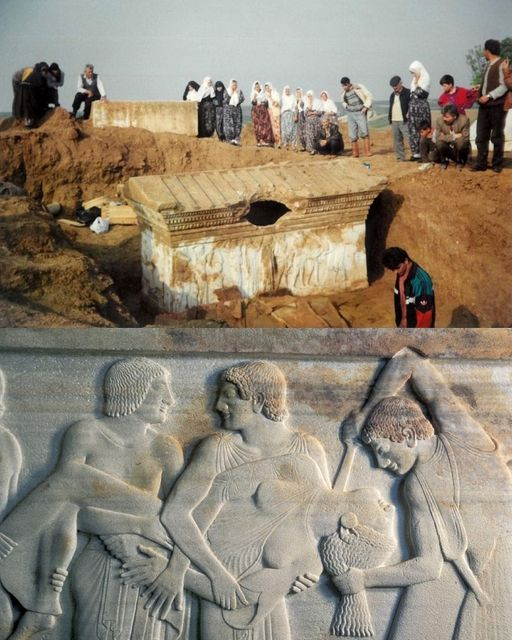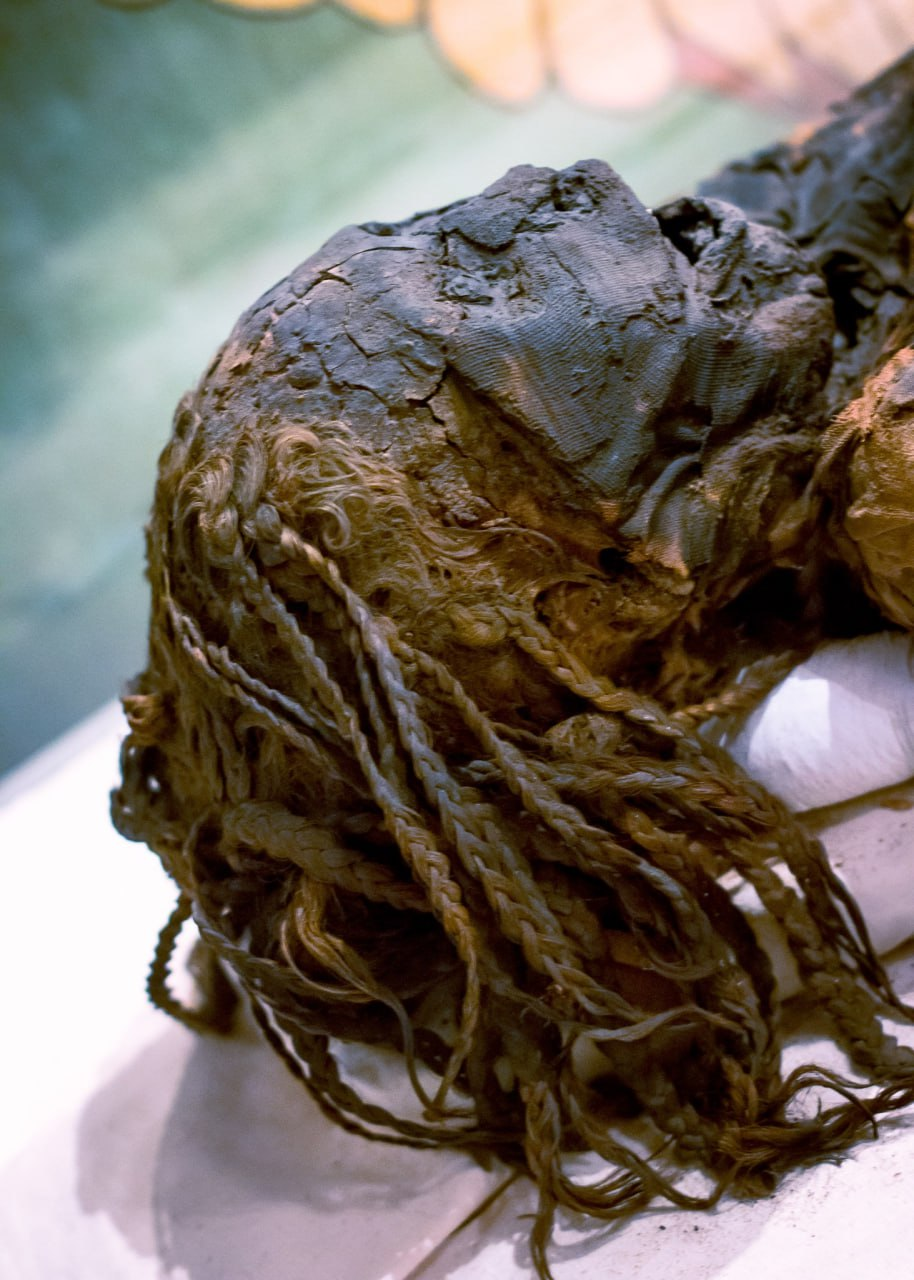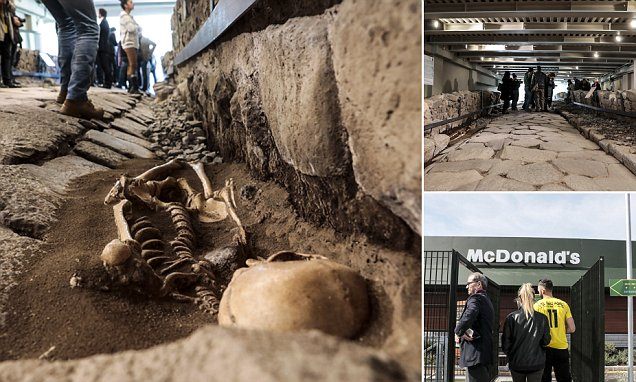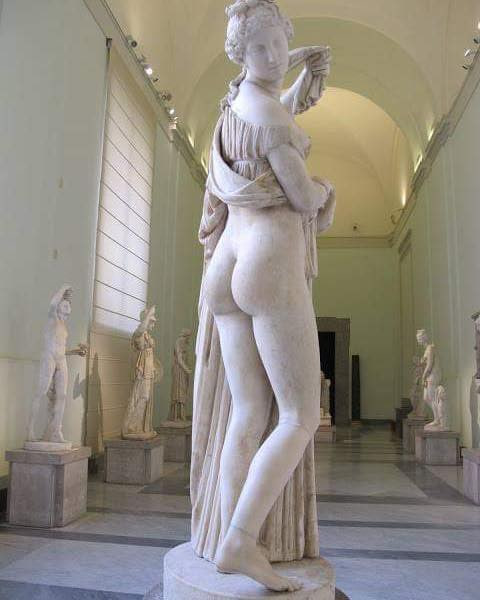In the ancient city of Ur, nestled along the banks of the Euphrates River in present-day Iraq, lies a remarkable artifact that offers a glimpse into the daily life of its inhabitants over four thousand years ago. Preserved in the sun-baked mud bricks of the city, a solitary footprint stands as a poignant reminder of a moment frozen in time. Join us as we delve into the story behind this ancient imprint and explore the significance of 2000 BC Ur in shaping our understanding of the past.
An Ancient Snapshot
The year is 2000 BC, and the city of Ur thrives as a bustling center of civilization in the heart of Mesopotamia. Against the backdrop of clay-brick buildings and bustling streets, an individual steps barefoot onto a mud brick left to dry in the scorching sun. With each impression left behind, the soft clay captures the unique contours of the foot, preserving a fleeting moment of human activity for millennia to come. This simple act, recorded in the clay, offers a rare glimpse into the lives of ancient Mesopotamians and their everyday routines.

Insights into Daily Life
As archaeologists excavate the ruins of Ur, each discovery provides valuable insights into the social, economic, and cultural dynamics of ancient Mesopotamia. The footprint found in the mud brick is no exception, offering clues about the footwear, movement patterns, and possibly even the identity of the individual who left their mark behind. Through meticulous analysis and interpretation, researchers can piece together a more comprehensive picture of daily life in Ur, shedding light on the customs, practices, and beliefs of its inhabitants.
Contextualizing History
The footprint serves as a tangible link to the past, connecting us to the people who once walked the streets of Ur thousands of years ago. By studying artifacts such as this, archaeologists can reconstruct the historical context in which they were created, providing valuable context for understanding ancient civilizations and their contributions to human history. From the construction of monumental ziggurats to the development of sophisticated irrigation systems, each discovery adds another layer to our understanding of the past.

In conclusion, the footprint found in the mud bricks of Ur serves as a poignant reminder of the enduring legacy of ancient civilizations and their impact on our world today. By uncovering artifacts such as this, archaeologists are able to piece together the puzzle of human history, revealing the triumphs, challenges, and complexities of past societies. And as we reflect on the meaning and benefits of archaeology, we are reminded of the importance of preserving our shared heritage for future generations, ensuring that the stories of places like 2000 BC Ur continue to inspire and enlighten us for years to come.










